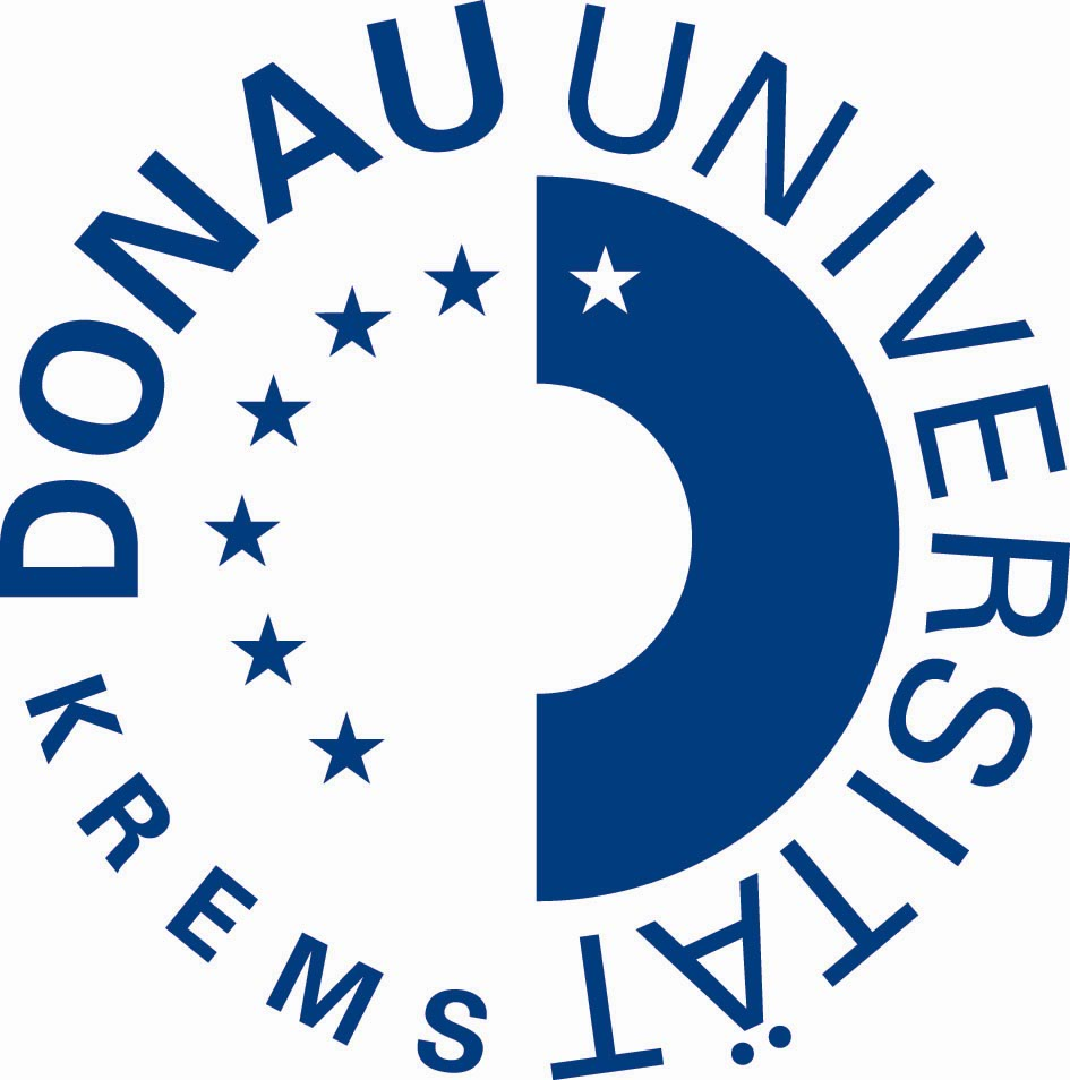The course is included as a part of unit in the existing subject known as Urban and Regional Governance offered to M. Plan degree course with specialization in Urban and Regional Planning. The content of the course deals with primarily the government and governance system especially the local government and its role in providing social and physical infrastructure facilities for the households of the informal settlement. It also ensures the learning of the local govt system by doing practical field base study and close interaction with the households in the informal settlement. The provision of social and physical infrastructure facilities as creation of spatial access to livelihood needs can reduce the poverty condition of the households in the informal settlements.
Municipal Governance and Access to Infrastructure in Informal Settlements in Vijayawada
Description [what is the course about, aims, etc.]
The existing subject called “Urban and Regional Governance” is offered during the 3rd Semester (Even) of the M. Planning degree course with specialization in Urban and Regional Planning. The subject consists of five units and the course is introduced as a part of the Unit 3 of the subject.
The subject deals with the understanding of government and governance system in terms of concepts, theories, practices including rules, regulation, governance system in India and Abroad.
Understanding of governance issues by theoretical learning, it is added value towards experiential learning within the context of case studies from metropolitan cities in India, particularly in the urban poor neighborhoods as the informal settlements.
The inclusion of the unit benefit in gaining knowledge on the level of living of the urban poor households and the strategies used to get livelihood social and physical facilities. It also facilitates to know how the households satisfy their needs and the role of local governance efforts towards giving spatial access to livelihood needs of the slum dwellers.
The teaching method consists of class room learning by lectures and site visits to carry out primary survey of informal settlements to explore and understanding the level of infrastructure availability and measures used to get the facilities. Students shall assess and understand how the local governance system is linked to provision of social and civic infrastructure in urban informal settlements.
The expected outcome shall be a framework of filed work and the understanding of the level of living the households in the informal settlements struggle to gain spatial access to livelihood needs which are not available in the settlement. So, the necessity of creating spatial access to basic needs is essential to reduce the poverty situation of the households and also succeed towards social inclusion of urban poor into the main stream urban development.
Learning Outcomes [statements about knowledge, skills and competencies of students]
Learning Outcomes
After completion of this course:
- The course will help the students to know about the difference between government and governance. The essence of participatory governance and the spatial access to infrastructure is importance towards improving the level of living of the households.
- The class room learning through light on the clarity in term of social reality of urban poor households living in the slums in cities with and without essential livelihood facilities even though the local govt is responsible towards giving infrastructure facilities.
- The interactive discussion in the class help in sharing the knowledge on various aspects learned through literature studies on the socio-economic and environment profile of the slum by different groups. The field visit help in collecting household data on mobility towards work, health, education, entertainment, socialization, and other social and physical infrastructure services. It also helps in developing a face to face interaction and rapport with households in informal settlement.
- Students would then be able to design household survey formats and conducting face to face interviews could understand the local governance system in urban informal settlements
- Learn the value of the mapping, tabulation and techniques of writing research document
Student Workload
The subject covers on average, a student is expected to spend a total of about 28 hours ( ~ 1 ECTS) for this course spread over 14 weeks as 10 lecture hours, 8 filed visit, and document preparation 10 hours. These hours are distributed during even semester the subject is offered (December to April every year).
The course conducted between Dec 2016 and April, 2019
Course Structure [frequency, duration, format, etc.]
The course consists of five stages of knowledge building. (1) The project knowledge- the introduction to BINUCOM project and the case study aim, objectives, methodology and expected outcomes (2) Subjective knowledge- exposure to the concepts, approaches and indicators towards Urban Government and Governance (3) Practical Knowledge- filed visit, observation, meeting with community leader, household interviews. (4) Evaluation Knowledge- submissions and examinations and (5) Reporting Knowledge – prepare reports and GIS based maps and drawings
Prerequisites [requirements for participation]
Registered Masters in Urban and Regional Planning Students of SPA Vijayawada
Assignments [tasks, homework, tests, expected activities of students, etc.]
There were 2 assignments related to the Units where the course is incorporated. Students were made into 5 groups and they visited the slums area divided into five clusters. For the first assessment the data collected (a) collection of secondary data including mapping of the slum area and the background information as slums condition in Vijayawada and spatial distribution of social and physical infrastructure facilities. in terms of availability and accessibility of social and physical infrastructure conditions, the spatial distribution, the year and the person responsible towards the establishment of the facilities. The second assessment is based on the filed visits observation, interview with households and other stack holders. The coding, analysis of data a cluster basis and compiled into the slum level using GIS based and statistical analysis.
Grading [assessment criteria and their weight]
|
activities |
percentages |
|---|---|
| participation | 20% |
| contribution collective exercise | 30% |
| etc. |
Students were graded for making of their assignments during the first assessment consists of 15 per centage, and the third assessment consists of 15 per centage of internal assessment mark 30 out of 50. The mid-term test covers rest of 20 marks of the Internal marks. The submission of the five clusters of the slums they collect secondary data and primary date collected during the field visit, both sets of data is presented in the form of reports and map
Course evaluation [how does your institution evaluate the quality of the course]
Assignments and examination

